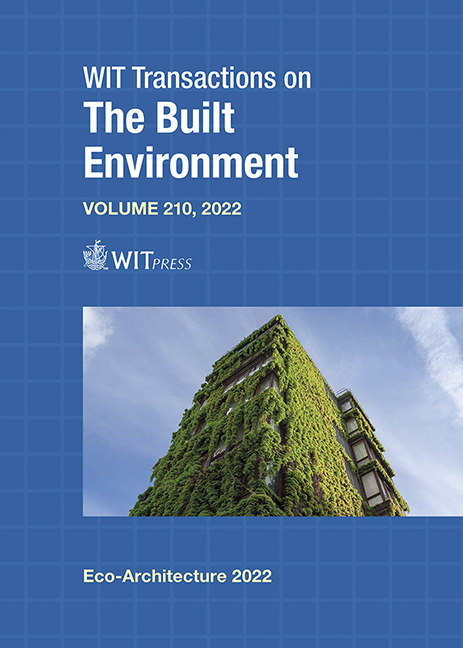CONTRIBUTION OF THE BIOPHILIC DESIGN APPROACH TO THE UN SUSTAINABLE DEVELOPMENT GOALS
Price
Free (open access)
Transaction
Volume
210
Pages
11
Page Range
115 - 125
Published
2022
Paper DOI
10.2495/ARC220101
Copyright
Author(s)
IMAN ABDELSHAHID IBRAHIM, BALSAM MUNADHIL AL-CHADERCHI
Abstract
In the last decade, biophilic design under the concept of creating strong connections between nature and manmade environments have spread significantly. Because of the rapidly increasing environmental crises and climate change phenomena globally. Consequently, biophilic design has become associated with sustainable applications, the question this research discusses is if this approach contributes to achieve the aspects of sustainability, under the umbrella of the UN Sustainable Development Goals (SDGs). This study will investigate biophilic approach contribution to sustainable design through defining aspects of nature that most influence human satisfaction of built environment. Aligned with the European Commission (2015) series actions titled “nature-based solutions” that are inspired by nature systems. During the COVID-19 lockdown, humans had minimal interaction with nature, and access to green public spaces, at the same time, an increasing interest to integrate nature in design, reducing humans impact on nature were recognized in the contemporary built environment. The study adopts William Browning’s (2014) “14 Patterns of Biophilic Design” framework, that lays out a series of tools experiencing science and nature contribution for promising opportunities creating sustainable built environment design applications. In addition to identifying and analysing the current practices for biophilic design in the built environment and its’ impacts on nature and human wellbeing. The results conduct design strategies, and guidelines that integrate biophilic approach as a base, within the 14 patterns framework for better practices creating innovative and responsible built environment.
Keywords
integration, biophilic design, sustainable built environment, nature-based solutions





